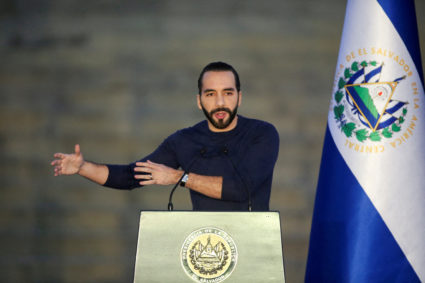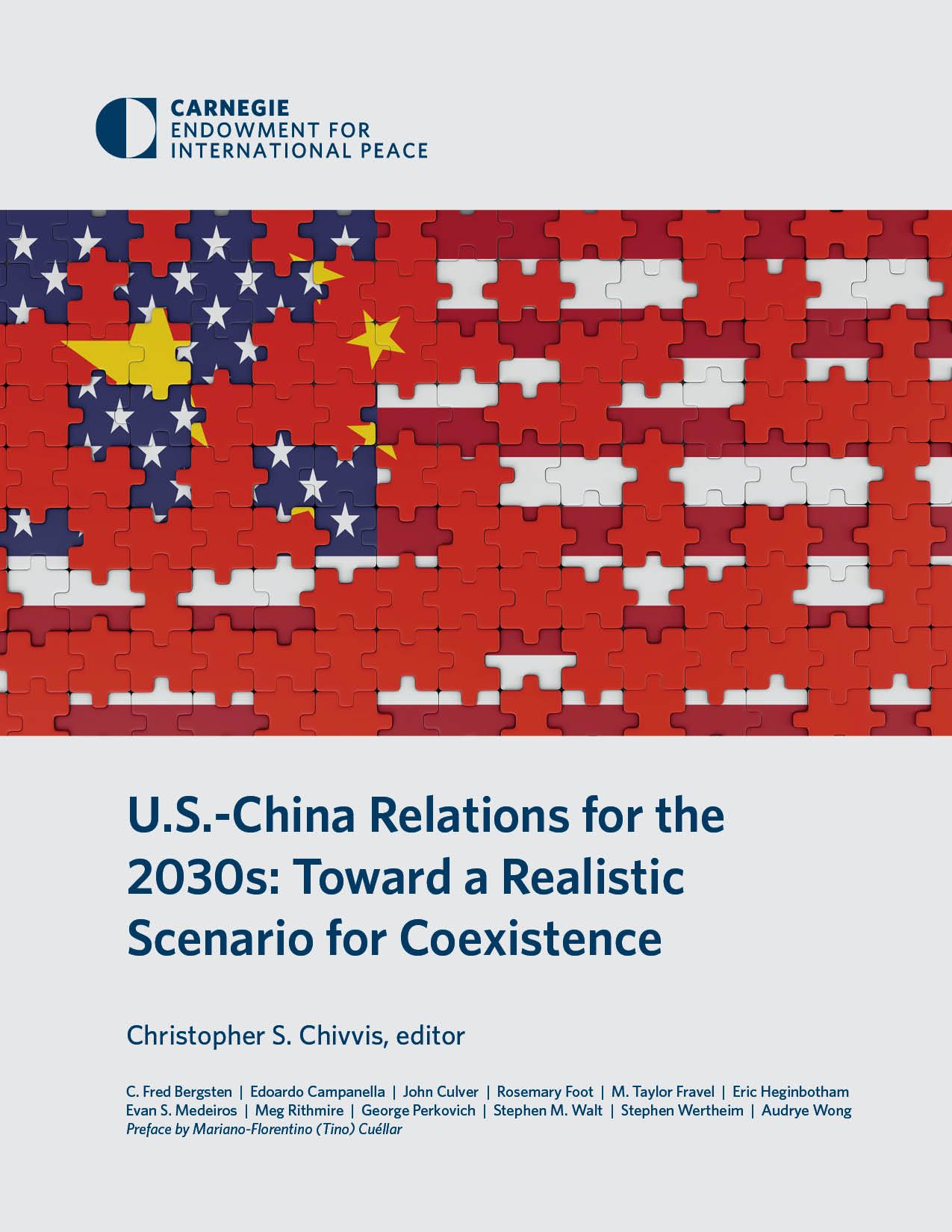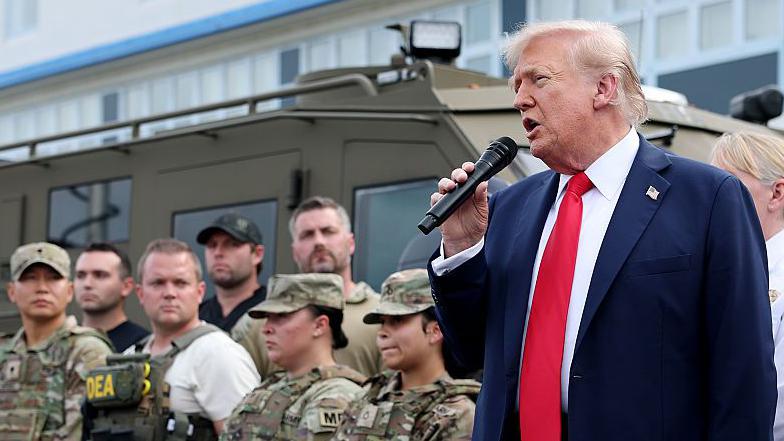Legal Action Concerning Migrant Rights in El Salvador
Report on Human Rights Violations and Alignment with Sustainable Development Goals
A coalition of human rights organizations has submitted new evidence to the Inter-American Commission on Human Rights (IACHR) regarding a legal action against the government of El Salvador. The action, initiated on May 9, seeks an emergency order to protect at least 288 migrants transferred from the United States to the Center for the Confinement of Terrorism (CECOT) prison in El Salvador. This case directly engages several United Nations Sustainable Development Goals (SDGs), particularly those concerning justice, inequality, and global partnerships.
Alignment with Sustainable Development Goals (SDGs)
SDG 16: Peace, Justice and Strong Institutions
The legal challenge is fundamentally rooted in the principles of SDG 16, which seeks to promote just, peaceful, and inclusive societies.
- Access to Justice (Target 16.3): The petition to the IACHR is a direct effort to ensure access to justice for vulnerable individuals who have been denied legal recourse and held incommunicado.
- Reduction of Violence (Target 16.1): Evidence of beatings, abuse, and treatment amounting to torture directly contravenes the goal of reducing all forms of violence. The case aims to hold institutions accountable for these acts.
- Accountable Institutions (Target 16.A): The legal action questions the integrity and human rights compliance of state institutions in both El Salvador and the United States, advocating for stronger accountability mechanisms.
SDG 10: Reduced Inequalities
The case highlights severe inequalities in the treatment of migrants, a key concern of SDG 10.
- Safe and Responsible Migration (Target 10.7): The practice of transferring migrants to facilities like CECOT, where they face abuse and disappearance, represents a failure to facilitate safe, orderly, and responsible migration. The legal action seeks to set a precedent against such unlawful practices.
SDG 17: Partnerships for the Goals
The collaborative nature of the legal challenge exemplifies the multi-stakeholder partnerships essential for achieving the SDGs.
- Multi-stakeholder Partnerships (Target 17.16): The coalition, comprising Robert F. Kennedy Human Rights, Boston University School of Law International Human Rights Clinic, the Global Strategic Litigation Council, and the Center for Gender & Refugee Studies, demonstrates a powerful partnership working to uphold international law and protect human rights.
Case Developments and Evidence
Background of the Legal Action
The case centers on the transfer of migrants from the U.S. to El Salvador and their subsequent detention. Key developments include:
- An initial request for precautionary measures was filed with the IACHR on May 9 on behalf of at least 288 transferred migrants.
- On July 18, 252 Venezuelan nationals were released following a trilateral agreement between El Salvador, Venezuela, and the United States.
- On July 22, the government of El Salvador requested the IACHR dismiss the case, arguing the release of the majority of individuals rendered the petition moot.
- The coalition maintains that at least 36 Salvadoran nationals remain incommunicado and at imminent risk, with some having been disappeared since March.
New Evidence Submitted
The coalition submitted substantial new evidence to counter El Salvador’s request for dismissal. This evidence includes:
- Survivor Testimony: Reports from released individuals detail patterns of beatings, verbal abuse, and mistreatment constituting torture or cruel, inhuman, or degrading treatment.
- Family Testimony: Statements from the mothers of two named Salvadoran detainees who were disappeared in March confirm their inability to locate their sons.
- Amicus Curiae Brief: A brief filed by current and former United Nations officials, including a former IACHR President, urges the Commission to act and highlights El Salvador’s liability for human rights abuses, including those the migrants suffered in the United States.
Demands and Regional Implications
Coalition’s Position
The coalition urges the IACHR to reject El Salvador’s motion to dismiss and act decisively to protect the remaining detainees. The core arguments are:
- The Commission has a duty to protect those who remain silenced and have no other avenues for protection.
- Urgent action is necessary to locate the disappeared individuals and prevent this unlawful transfer practice from becoming a blueprint for future regional abuse.
- The case is critical for establishing regional accountability, implicating both El Salvador for unlawful detention and the United States for its role in the transfers.
Requested Action from the IACHR
The organizations formally request that the Commission:
- Issue the emergency protective order requested in May.
- Keep the case open due to the imminent risk of irreparable harm faced by the at least 36 individuals who remain detained and incommunicado.
- Affirm principles of justice and accountability that align with the Sustainable Development Goals, ensuring that state institutions are held responsible for protecting human rights.
Which SDGs are addressed or connected to the issues highlighted in the article?
-
SDG 16: Peace, Justice and Strong Institutions
This is the most prominent SDG in the article. The text centers on a legal challenge against human rights abuses, including unlawful detention, torture, and enforced disappearances. The efforts by the coalition to seek an emergency order from the Inter-American Commission on Human Rights and hold the government of El Salvador accountable are direct actions toward achieving justice and strengthening institutional responses to human rights violations.
-
SDG 10: Reduced Inequalities
The article addresses the rights and vulnerabilities of migrants, who were transferred from the United States to a prison in El Salvador. The “unlawful transfer practice” and the mistreatment of these individuals highlight inequalities in how vulnerable populations, such as migrants, are treated. The case touches upon the need for safe and orderly migration policies that protect the human rights of all individuals, regardless of their origin or status.
-
SDG 17: Partnerships for the Goals
The entire legal action described in the article is driven by a partnership. A “coalition of organizations,” including Robert F. Kennedy Human Rights, Boston University School of Law International Human Rights Clinic, the Global Strategic Litigation Council, and the Center for Gender & Refugee Studies, is working together. The article also mentions the involvement of “current and former United Nations officials” and a “trilateral agreement between the governments of El Salvador, Venezuela and the United States,” underscoring the multi-stakeholder and cross-border nature of the issue and the response.
What specific targets under those SDGs can be identified based on the article’s content?
-
SDG 16: Peace, Justice and Strong Institutions
- Target 16.1: Significantly reduce all forms of violence and related death rates everywhere. The article’s reports of “beatings, verbal abuse and mistreatment amounting to torture or cruel, inhuman, or degrading treatment” and the fact that detainees were “disappeared” directly relate to this target’s goal of reducing violence and protecting individuals from harm.
- Target 16.3: Promote the rule of law at the national and international levels and ensure equal access to justice for all. The core of the article is the legal action filed to address an “unlawful transfer practice” and the fact that individuals are being “held incommunicado.” The coalition’s demand for the Inter-American Commission on Human Rights to “stand firm in their duty to protect” and ensure “regional accountability” is a clear effort to promote the rule of law and secure access to justice for the detainees.
-
SDG 10: Reduced Inequalities
- Target 10.7: Facilitate orderly, safe, regular and responsible migration and mobility of people, including through the implementation of planned and well-managed migration policies. The article highlights the failure to meet this target by describing an “unlawful transfer practice” where migrants were moved to a prison. This situation is the antithesis of safe, orderly, and responsible migration, and the legal action seeks to “prevent this unlawful transfer practice from becoming a blueprint for future abuse.”
-
SDG 17: Partnerships for the Goals
- Target 17.17: Encourage and promote effective public, public-private and civil society partnerships. The article is a case study of this target in action. It details a “coalition of organizations” from civil society and academia working together. The mention of an amicus curiae brief from “current and former United Nations officials” and a “trilateral agreement” between governments further illustrates the multi-stakeholder partnerships being leveraged to address the human rights issue.
Are there any indicators mentioned or implied in the article that can be used to measure progress towards the identified targets?
-
Indicators for Target 16.1
The article implies indicators through its description of the abuses. Progress could be measured by:
- The number of reported cases of torture or cruel, inhuman, or degrading treatment. The article cites “reports of beatings, verbal abuse and mistreatment.” A reduction to zero would be the goal.
- The number of enforced disappearances. The article explicitly mentions “Salvadoran detainees who disappeared” and “36 who remain disappeared.” Locating these individuals and preventing future disappearances would be a key progress metric.
-
Indicators for Target 16.3
The article implies indicators related to the rule of law:
- The number of individuals held unlawfully or incommunicado. The text states there are “at least 36 Salvadoran individuals who are being held incommunicado.” Their release and access to legal counsel would be a direct measure of progress.
- The ability to access justice mechanisms. The filing of the legal action with the Inter-American Commission on Human Rights is itself an indicator of an attempt to access justice. A ruling from the Commission would be a further indicator of the mechanism’s effectiveness.
-
Indicators for Target 10.7
An implied indicator is the continuation or cessation of specific migration policies:
- The existence of the “unlawful transfer practice.” The article focuses on preventing this practice from becoming a “blueprint for future abuse.” Therefore, an indicator of progress would be the termination of this practice and the establishment of transparent, rights-respecting transfer protocols.
-
Indicators for Target 17.17
The article provides direct evidence of partnerships, which can be used as an indicator:
- The formation and actions of multi-stakeholder partnerships. The article names the specific organizations in the “coalition” and describes their joint action (filing evidence). The involvement of UN officials and the mention of a governmental “trilateral agreement” are also indicators of partnership activity.
SDGs, Targets and Indicators Table
| SDGs | Targets | Indicators Identified in the Article |
|---|---|---|
| SDG 16: Peace, Justice and Strong Institutions | 16.1: Significantly reduce all forms of violence and related death rates everywhere. | Number of individuals subjected to torture, cruel treatment (“beatings, verbal abuse”), or enforced disappearance (“36 who remain disappeared”). |
| SDG 16: Peace, Justice and Strong Institutions | 16.3: Promote the rule of law at the national and international levels and ensure equal access to justice for all. | Number of individuals held unlawfully or “incommunicado”; successful access to and rulings from justice mechanisms like the Inter-American Commission on Human Rights. |
| SDG 10: Reduced Inequalities | 10.7: Facilitate orderly, safe, regular and responsible migration and mobility of people. | Cessation of the “unlawful transfer practice” of migrants and establishment of rights-respecting migration policies. |
| SDG 17: Partnerships for the Goals | 17.17: Encourage and promote effective public, public-private and civil society partnerships. | The existence and joint legal actions of the “coalition of organizations” (RFK Human Rights, CGRS, etc.) and involvement of UN officials. |
Source: rfkhumanrights.org






